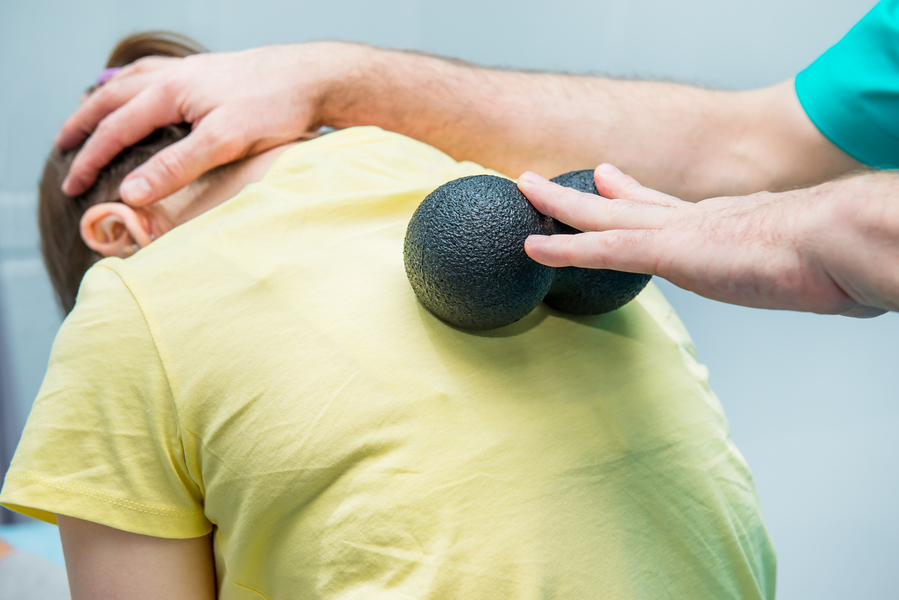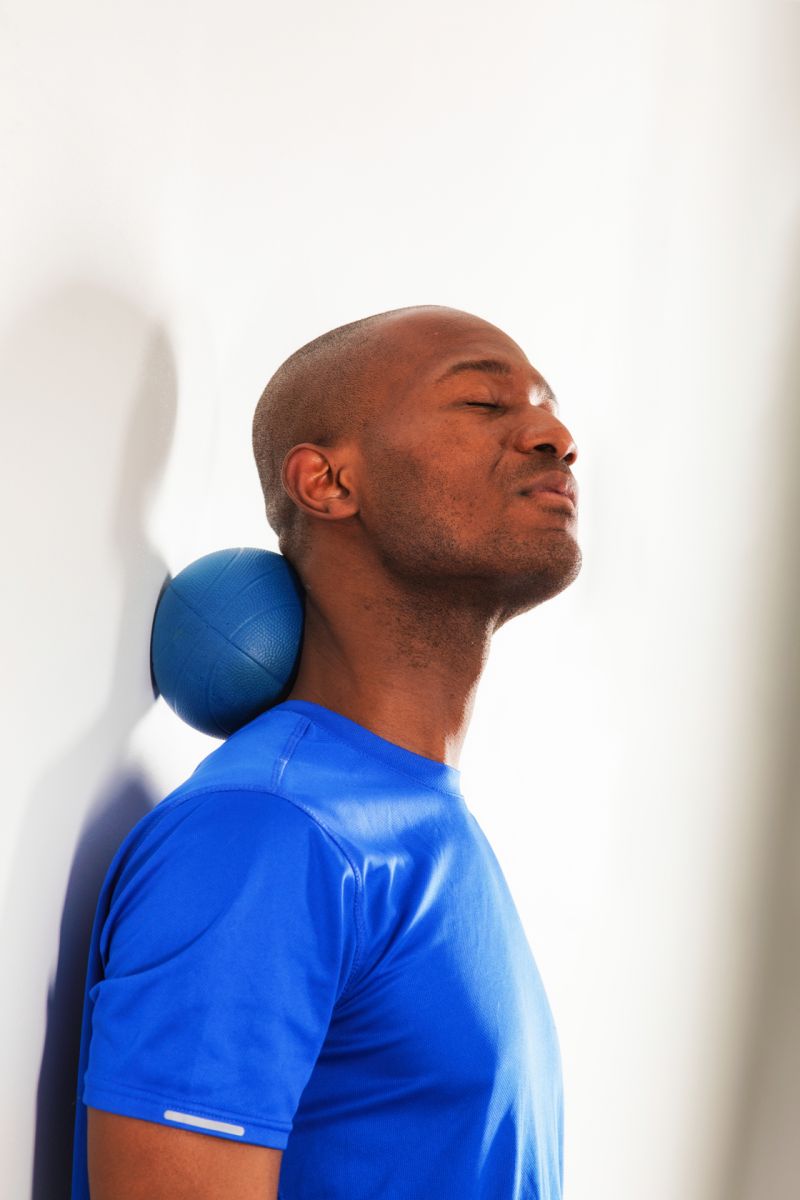
How to use a tennis or lacrosse ball to relieve acute muscle pain
There’s been a lot of buzz around foam rolling or “self-myofascial release” (SMR) to help reduce muscle soreness lately, but what exactly is SMR? And how is it done correctly?
SMR is a popular strategy in both rehabilitation and performance to increase myofascial mobility and enhance recovery.
It involves using your body weight to apply a steady pressure or a rolling motion onto a target soft tissue (muscle, tendons, and fascia). This pressure can release the tension in the muscle by reducing restriction between fibrous layers of the tissue – similar to the process of a deep tissue massage.
SMR as a recovery tool

The effects of SMR as a recovery tool are still being researched, but studies have shown that SMR can relieve acute muscle pain and reduce the presence of delayed onset muscle soreness (DOMS) after an intense workout.
The process of applying and releasing pressure on a muscle belly increases blood circulation and releases relaxation hormones and endorphins, which aids in the recovery process. There are also possible neurological effects of SMR. It is theorized that SMR can decrease the neuromuscular excitability of a muscle, which can minimize muscle spasm, tension, and pain.
All you need is a tennis or lacrosse ball

SMR is a helpful solution to muscle pain because it can be done by yourself, quickly and with relatively little, inexpensive equipment! This technique can be done using a variety of tools, including foam rollers or roller balls, like a lacrosse or tennis ball.
To perform self-myofascial release with a lacrosse ball, place the ball directly on the floor (carpet or a yoga mat will provide about the right pressure). Position your body so that the lacrosse ball is pinned between the sore muscle and the floor with firm pressure. Hold for about 30 seconds.
The pressure should be just enough that the muscle releases or “lets go” in that 30 second time frame. Repeat as necessary over different points on the muscle belly. Alternatively, perform small movements on the ball over the target area if deep pressure is too intense. That’s it!
If you have any questions about self-myofascial release or if you’d like to consult a clinician, check out our Locations page to find a Lifemark clinic near you or book online.



